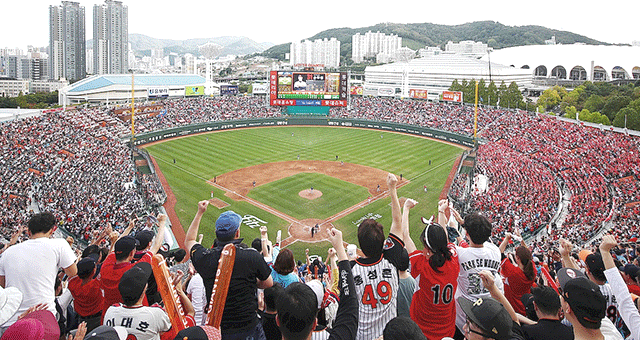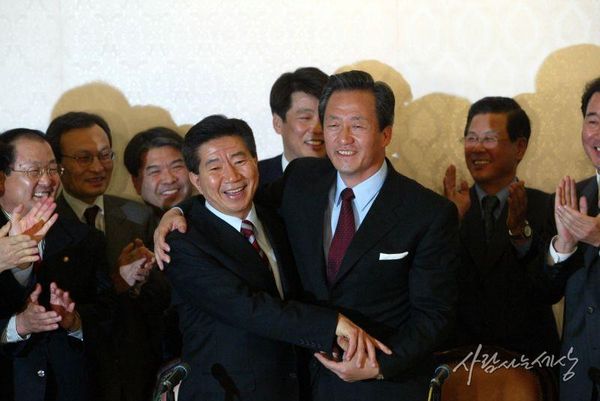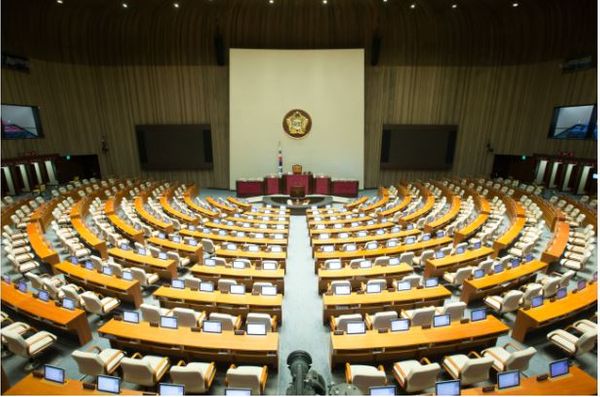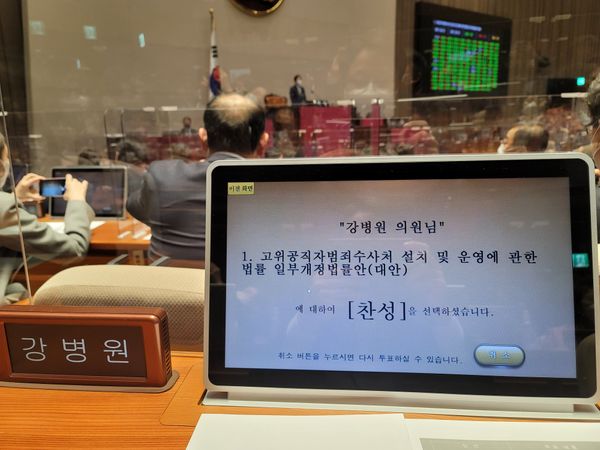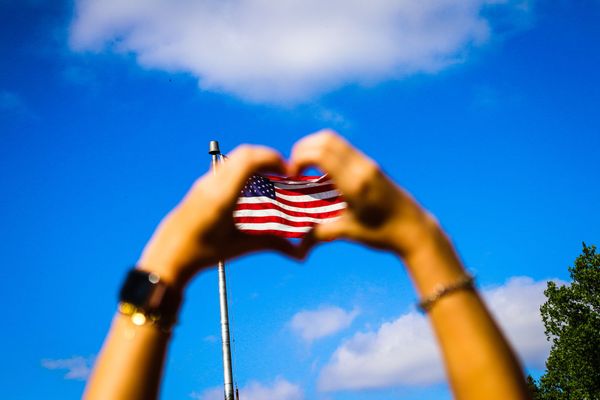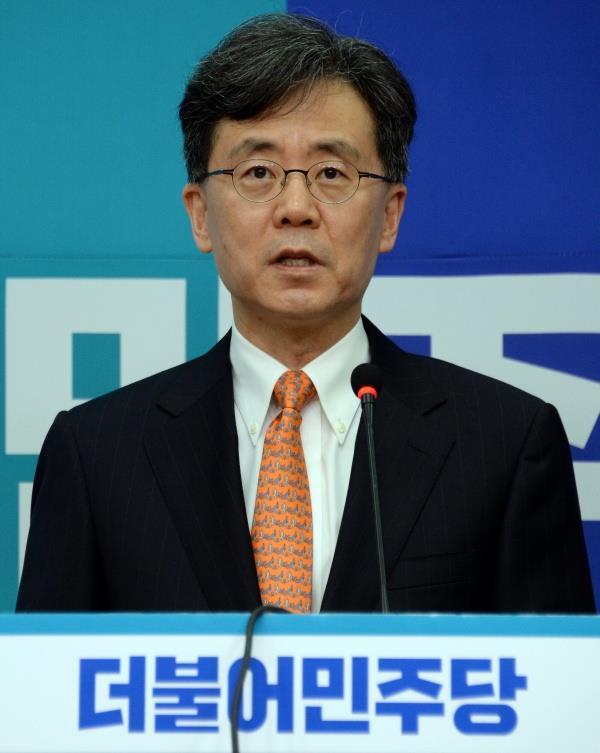Photo: the Sajik Stadium, center of Busan's lively baseball scene. Credit: Website of the Busan Lotte Giants.
The Seoul mayor race is dominating all the headlines for the April by-election, but the discerning watcher of South Korean politics should pay just as close attention to the mayoral race in Busan 부산. South Korea’s second largest city has long been the bellwether of Korean politics, producing three out of seven presidents (Kim Young-sam 김영삼, Roh Moo-hyun 노무현 and Moon Jae-in 문재인) in the democratic era.
The city of Busan, near the southeastern tip of the Korean Peninsula, has a population of 3.4m. The city is divided into 16 districts, and one-third of the population live in three of the districts along the coast: Haeundae-gu 해운대, Busanjin-gu 부산진, and Saha-gu 사하. The Busan metro area, home to 8m people, is the second largest metro area of South Korea. The metro area covers industrial cities such as Ulsan 울산, Changwon 창원 and Gimhae 김해.
Busan is a wealthy, historic city, with glass-and-steel skyscrapers lining the cliffs overlooking the beach and the world’s largest department store in Shinsegae Centum City 신세계 센텀시티. It was the provisional capital of the Republic of Korea during the Korean War when North Korea overran Seoul, which made the city heavily populated with refugees from North Korea. (Among them were the parents of Moon Jae-in 문재인.) It has a strong sense of civic pride and identity as the chief rival to Seoul, which is often expressed in the fervent cheering for the local baseball team, the Busan Lotte Giants.
Politically, Busan tends to straddle the balance. It tends to be conservative overall; in the April 2020 Assembly Election in which the Democratic Party 민주당 won a victory of historic proportions, 15 out of 18 Assembly Members elected from Busan were conservatives. Yet Busan’s conservatism is of a different flavor than that of the arch-conservative city of Daegu 대구, the hometown of military dictators Park Chung-hee 박정희 and Chun Doo-hwan 전두환. Busan has been a hotbed of South Korea’s democratization movement, with the Bu-Ma Protests 부마항쟁 of 1979 that occurred in the Busan-Masan 마산 area triggering the downfall of the Park dictatorship.
Rather than indulging in dictatorship nostalgia, Busan’s conservative politicians tend to be in the mold of its native son Kim Young-sam 김영삼 - center-right, but committed to democracy. The leading Busan conservatives such as Kim Mu-seong 김무성, Jang Je-won 장제원 and Ha Tae-gyeong 하태경, for example, were crucial in leading the conservative defection during the impeachment and removal of Park Geun-hye 박근혜. Busan area also produced two liberal presidents: Roh Moo-hyun and Moon Jae-in, who began their professional relationship as partners of a law firm in Busan.
The decline of manufacturing and the local economy is a major concern for the area. The city’s population peaked at 3.9m in 1995, and has declined steadily since, as fewer jobs are available in the traditional manufacturing sectors that powered the city - shipping, shipbuilding, steel mills, etc. It was in this context that the Democratic Party made the play to build a new international airport (see previous coverage, “Let Busan Fly”), to revitalize the area as a logistics hub that connects air and sea. The port of Busan is the world’s sixth busiest seaport and the second busiest non-Chinese seaport in the world after Singapore.


